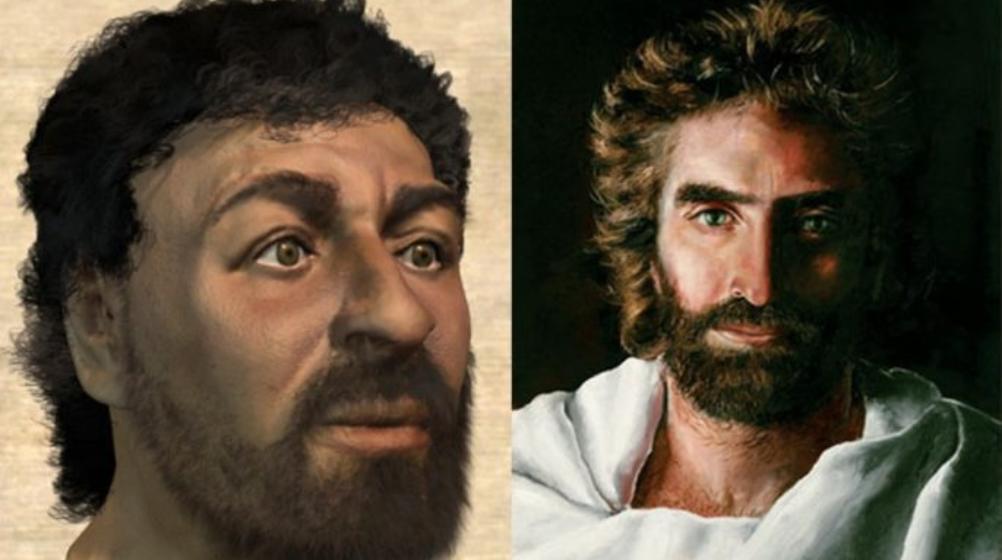For centuries, the image of Jesus Christ has been depicted in countless artworks, sculptures, and religious icons. These portrayals, ranging from the serene and gentle to the powerful and divine, have been deeply ingrained in Christian culture and tradition. However, many of these representations are influenced by the artists’ cultural contexts rather than historical accuracy. Now, after 2,000 years, advancements in forensic science and historical research have brought us closer than ever to uncovering the true face of Jesus.
The Traditional Depictions
Traditional Western depictions of Jesus often show him with fair skin, long flowing hair, and blue eyes. These images, inspired by European artists like Leonardo da Vinci and Michelangelo, have become iconic but are widely considered to be inaccurate representations of a man from first-century Judea.
The Search for Historical Accuracy
To understand what Jesus might have looked like, researchers have turned to a combination of forensic anthropology, historical texts, and archaeological evidence. One significant breakthrough came from the work of British scientists and Israeli archaeologists who used forensic techniques typically employed in criminal investigations to create a more accurate image.

The Forensic Reconstruction
Dr. Richard Neave, a retired medical artist from the University of Manchester, led a team that reconstructed the face of a typical male from Jesus’ time and region. Using an Israeli skull from the first century, they employed computerized tomography to analyze the bone structure. This process allowed them to build a model of what an average man from that era might have looked like.
The resulting image is strikingly different from the traditional depictions. The reconstruction shows a man with a broader face, darker skin, short curly hair, and a prominent nose. These features align more closely with the physical characteristics of Middle Eastern Jews of the time.
Historical and Cultural Context
This new image of Jesus is supported by historical and cultural contexts. The Bible provides some indirect clues about Jesus’ appearance, such as the fact that he was often able to blend in with the crowd, suggesting he looked like an average Judean man of his time. Moreover, first-century Jews in Judea typically had dark skin, dark eyes, and dark hair, further supporting the reconstructed image.
Artistic and Religious Impact
The revelation of a historically accurate image of Jesus has profound implications for art and religious iconography. While it challenges long-held artistic traditions, it also offers a more authentic representation that can deepen our understanding of Jesus as a historical figure.
Artists and religious communities may find inspiration in this new depiction, using it to foster a more inclusive and historically grounded understanding of Jesus. It also encourages a broader acceptance and appreciation of the diverse backgrounds of Christian believers worldwide.
Public Reaction and Reflection
The response to this new image has been mixed, with some embracing it as a refreshing and truthful representation, while others find it challenging to reconcile with the familiar images they have grown up with. However, the unveiling of this historically accurate face of Jesus invites all believers to reflect on the deeper, universal messages of his teachings, beyond physical appearances.
Conclusion
After 2,000 years, the true face of Jesus has been revealed through the combined efforts of forensic science and historical research. This new image challenges traditional Western depictions and offers a more authentic representation of what Jesus likely looked like. By embracing this historically grounded portrayal, we can gain a deeper appreciation of Jesus as a figure rooted in a specific cultural and historical context, and reflect on the universal and timeless messages of his teachings.
